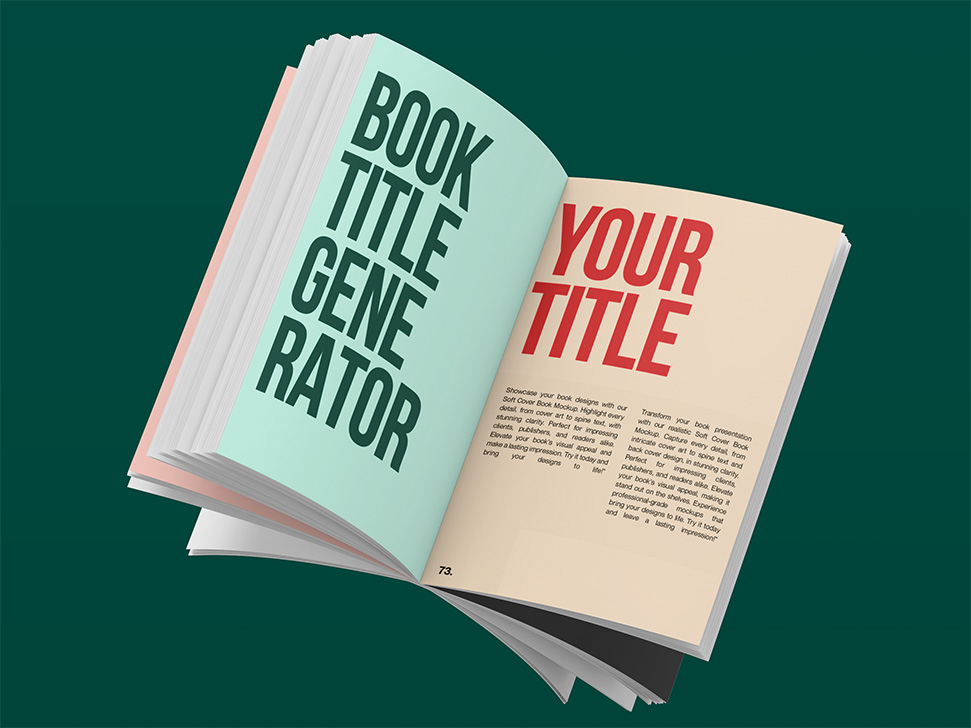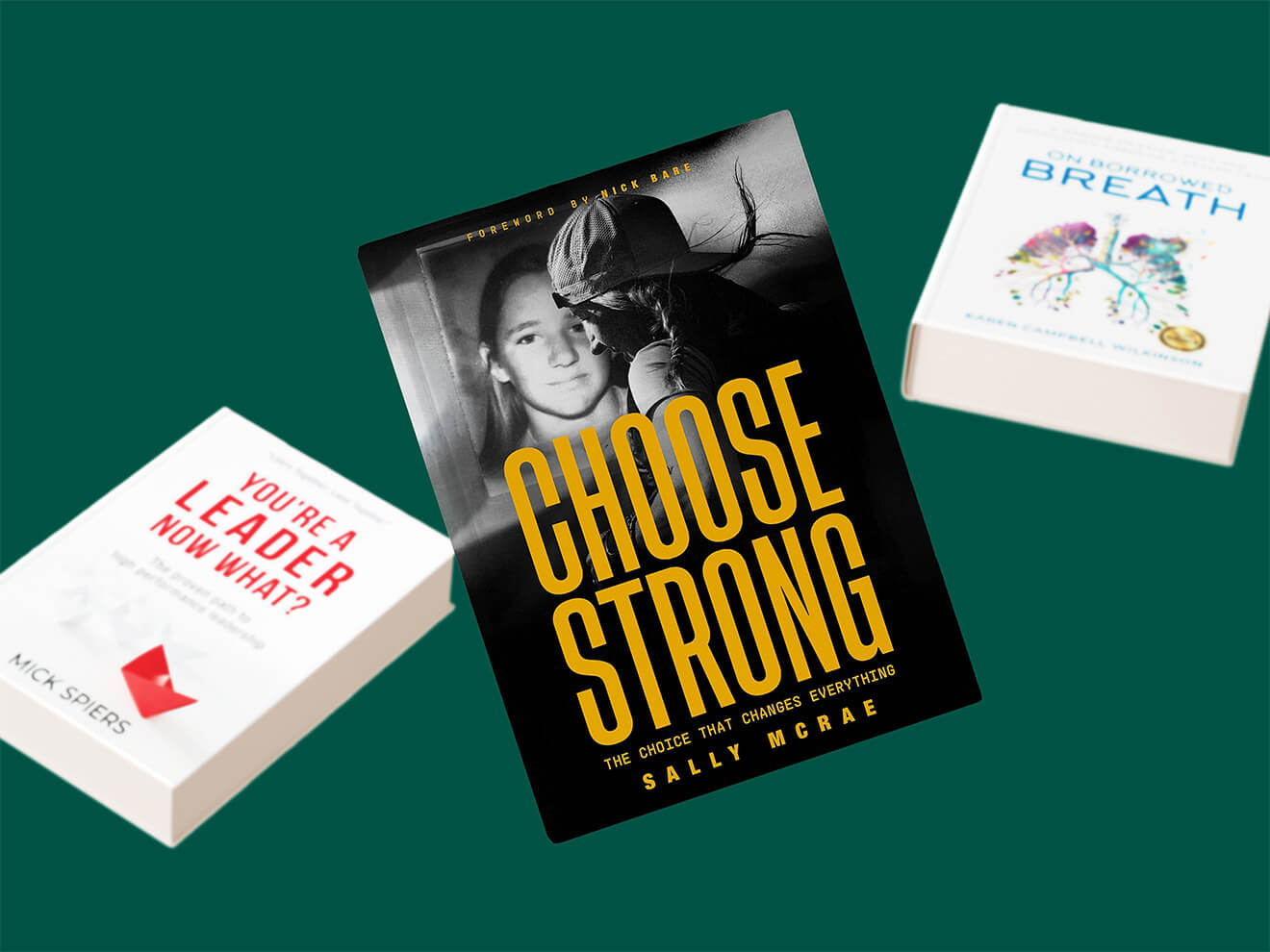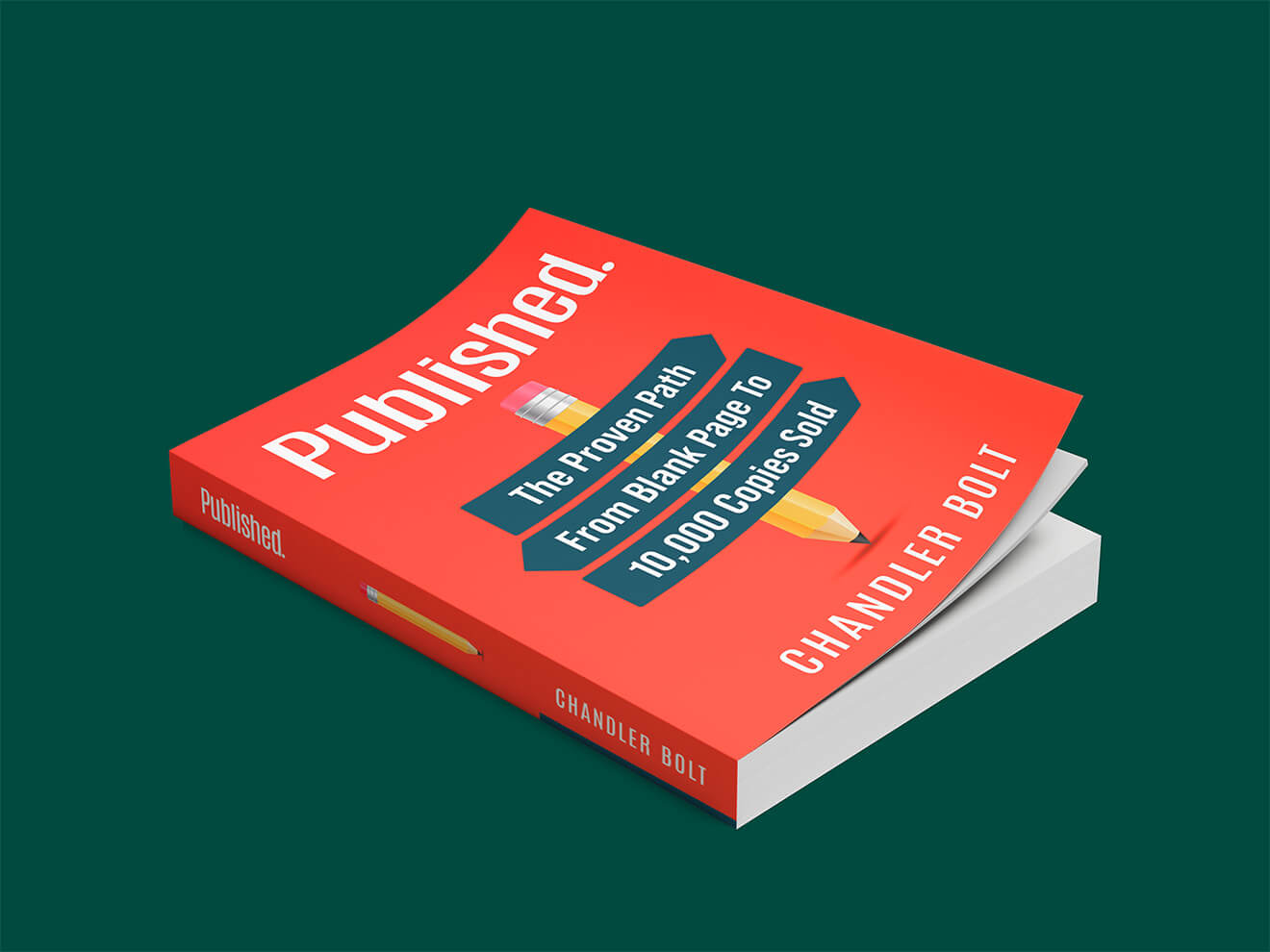Did you know that while most writers are taught the importance of their opening page, different writing styles are arguably even more crucial for engaging readers? Readers often differentiate writers by their different writing styles.
The type of narrative a writer creates is what draws specific readers into the story and keeps them turning pages. For writers, ensuring readers stay engaged until the last page is crucial to your author career.
With this in mind, it’s time to take a deep dive into different writing styles, defining what they are, key differences among the various styles, and examples to inspire your own writing. Once you identify your own style you can press into your own originality and help your writing stand out in the marketplace. Let’s get going!
How to define different writing styles
Different writing styles are simply the way a writer combines words into sentences to communicate their story. For example, there are specific book genres the majority of authors write in. A few of these genres are:
- Fantasy and science fiction
- Historical fiction
- Romance
- Dystopia
If you browsed the shelves of your local bookstore and stumbled across the historical fiction section, you’d likely notice several novels set in a similar type period. What sets these books apart from each other? Their plots can differ in some ways, but it’s often the different writing styles the author uses that take a book to bestseller status.
Many authors have written stories centering on World War II, but Kristin Hannah’s unique writing style played a role in boosting her specific novel, The Nightingale, to bestseller status.
Our next question quickly becomes, what sets these different writing styles apart?
What was so original about Kristin Hannah’s novel?
While a majority of factors influence whether or not a book becomes a bestseller, good writing sells. Let’s discuss a few of the key variations and factors that go into different writing styles.
6 Different writing styles – with examples of each
Overall style, tone, theme, literary devices used, etc., are each an ingredient of various writing styles. Writing is an extremely subjective business and there is no one specific style that wins out every time.
The key fact to consider when identifying your specific writing style is what you naturally gravitate to and what most resonates with your audience. Below are six different writing styles to help get you started in identifying your own.
1. Poetic
Poetic writing is not only reserved for poetry.
In fact, some literary devices, like metaphor and foreshadowing, are used liberally throughout full-length novels. Some of the most loved books use poetic writing throughout their narrative. Creating a poetic structure within novels can add a deeper beauty to the words on a page, engaging readers in a more artistic reading of the story.
Poetic writing style example:
Kristin Hannah uses poetry writing to open her bestseller, The Nightingale, “In love we find out who we want to be; in war we find out who we are.”
2. Descriptive
As you may assume, a descriptive writing style is lengthy and can veer into the territory of becoming flowery. As the name suggests, it focuses more heavily on description. Many of the classics used this type of style. The iconic authors we studied in high school are known for pages of description.
Descriptive writing styles are often less popular with today’s readers, and most prefer something more succinct.
Descriptive writing style example:
Ernest Hemingway uses great description in A Farewell To Arms: “The trunks of the trees too were dusty and the leaves fell early that year and we saw the troops marching along the road and the dust rising and leaves, stirred by the breezes.”
3. Creative
Stylistically, creative writing and creative nonfiction are some of the more original among the different writing types. Publishers and readers are often eager to find that “new voice,” the writer who tells the story in a way unique among their peers. Creative writing is highly subjective, but mastering your creative voice will help set your writing apart, much like Kurt Vonnegut.
Kurt Vonnegut was a master of creative writing, and his willingness to experiment with different styles and techniques helped him to create some of the most memorable and beloved works of literature ever written. His accomplishments and unique storytelling approach have inspired other authors to learn how to write like Kurt Vonnegut.
Creative writing style example:
Our list couldn’t be complete without an example from J.R.R. Tolkien’s The Hobbit. Arguably one of the most creative writers of all time, note how he combines an entirely new type of character (Elves) with the familiar (June and stars): “Tired as he was, Bilbo would have liked to stay awhile. Elvish singing is not a thing to miss, in June under the stars, not if you care for such things.”
4. Tone
Less a type of writing style and more an additional layer to style an author’s tone encompasses the personality, attitude, emotion and outlook conveyed in the writing (whereas writing style encompasses the manner or vehicle in which a writer expresses ideas).
We naturally employ our individual tone when we write. The fun lies in communicating the various tones of different characters in a natural, realistic way – or adopting a new tone altogether in order to convey the message of your book.
Example of employing a different writing tone:
To pull another example from Kristin Hannah, note the doubtful, contemplative, and somber tone she uses in this passage. It reinforces her use of poetic writing, but is specific to the character, not necessarily indicative of Kristin’s personal writing tone herself: “I want to imagine there will be peace when I am gone, that I will see all the people I have loved and lost. At least that I will be forgiven. I know better, though, don’t I?”
5. Thematic
We generally think of themes in books as a subcategory of plot. For example, the plot is the actions that take place and themes are the subliminal message behind the action. But can also be considered a writing style.
A thematic writing style focuses on conveying overarching themes or central ideas throughout a piece of writing, often through recurring motifs, symbols, or narrative elements, rather than emphasizing purely stylistic or formal aspects of language. If you have a favorite author, you probably noticed they tend to write similar themes from book to book.
Thematic writing style example:
A theme can be difficult to identify in a single sentence, but consider a few of the ending lines from Harper Lee’s Pulitzer Prize winner, To Kill A Mockingbird: “‘He was real nice…’ His hands were under my chin, pulling up the cover, tucking it around me. ‘Most people are, Scout, when you finally see them.’”
Related: The Most Controversial Books of All Time
6. Literary Devices
Literary devices, also known as literary elements, is a category that encompasses a plethora of different writing styles, which I discuss momentarily. Allegory, personification, and irony are just a few of the various literary devices writers can integrate into their stories.
Example of using literary devices:
Last, consider this line from John Green’s The Fault In Our Stars, “The sun was a toddler insistently refusing to go to bed: It was past eight thirty and still light.”
Each literary device employed can lead readers to different perceptions regarding the importance of specific plot points, dialogue, and characters. Let’s look at just a few ways literary devices impact perception.
Allegory Points To The Bigger Picture
Allegory is an often-used device that allows writers to teach a lesson or point to a truth without the need for expository writing. For instance, a writer could create a fictional world or plot that symbolizes a specific event in real life.
Personification Helps Readers Naturally Connect
Personification attributes human qualities to non-human aspects. Storms can rage. Rain can dance. Using personification in certain instances, say describing a natural disaster with human aspects, can help readers connect at a deeper level.
Irony Teaches A Subtle Lesson
Crime, thriller, and romance writers often use irony to teach a lesson. There are many types of irony, and various writers use the different types to teach lessons. Consider the characters in The Wizard of Oz requesting character qualities they exemplified on their journey to find Oz.

























